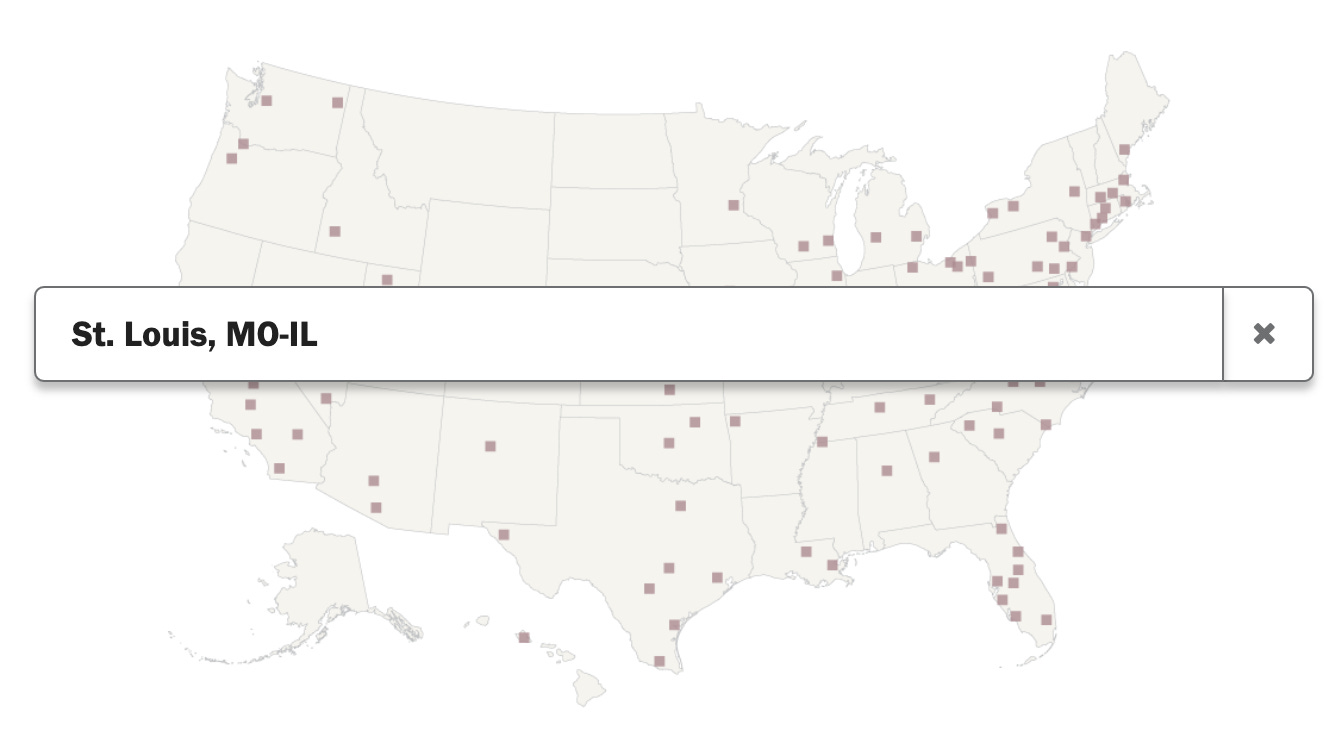Hello! And welcome to another episode of Inside The Newsroom. Today’s guest is… my former boss and editor, Scott Brodbeck. In 2015, I stayed in Washington D.C. for the summer before I took myself to Missouri to begin my master’s, and I reached out to Scott via LinkedIn looking for absolutely any work experience I could get my hands on. A quick chat or two later and I was running the streets of D.C. (D.C. is extremely hot in the summer and I lost many pounds in body weight) covering hyperlocal news in two neighbourhoods.
Scott’s a pretty remarkable person. He started his network of local news blogs in 2010 while studying for an MBA at Georgetown. He previously worked for the local NBC and Fox affiliates in town, and has thus been on both sides of the local journalism spectrum, both as a reporter and now an owner. Scott’s take on the current state of local journalism is completely unique, and listening to how he’s survived this period is nothing short of inspiring.
Anyway, listen to the podcast and let me know what you think. Meanwhile, below are the highlights of everything we talked about including some extra reading 🤓
Local News Is Dying, and Americans Have No Idea
A recent study by Pew Research found that 71 percent of U.S. adults think their local news outlet is doing “very or somewhat well financially”, despite just 14 percent of respondents saying they had paid for local news in the last year. That gap between perception and reality has meant that an estimated 13,000 communities have completely lost their local news coverage, according to a study by the University of North Carolina’s School of Media and Journalism.
Alexis C. Madrigal, The Atlantic
Thanks to the amazing folks at Pew Research for building a tool that allows you to find out about local journalism in your home city.

God Bless Charity
If Facebook and Google continue to shrink the advertising market for everyone else in the game, the only way for local journalism to survive might be to rely on billionaire philanthropists and reader donations. The U.S. now has 200 nonprofit newsrooms, according to the Institute For Nonprofit News, and that number is growing. Having seen it work from the inside at The Texas Tribune, I’m extremely high on this type of business model. That said, most startups can’t rely solely on rich people’s cash. So keep giving to your local news organisation, if you can afford to.
How Did The Texas Tribune Do It?
I had the fortune of working for one of America’s greatest journalism success stories last year, which was launched in 2009 and has thrived ever since. The Tribune focuses on everything politics in the state of Texas, and is read by 1.9 million monthly users. Led by its CEO, Evan Smith and EIC, Emily Ramshaw (amazing people), the Tribune hopes to double its number of paying members to 10,000 by the year 2025. Oh, it also wants to build on the astonishing $56 million it‘s raised since its inception. The Tribune is an excellent example of how local news can not only stay alive, but change the landscape in the process. Expect to see a lot more Tribunes in the next decade.


Please Just Like Me
Before you read on, please like this edition of Inside The Newsroom by clicking the ❤️ below the title. That way I’ll appear in clever algorithms and more people will be able to read. Cheers.
Yes Google! Finally 🙏
I’ll try not to rip on Google tooooo much, but they’ve finally got serious about fixing local news. Now, whether or not you believe Google is responsible for creating the thousands of holes in local journalism, we can all agree they have too much money to know what to do with and have the ability to fill said holes. Together with McClatchy, the first city to receive the benefits of this joint initiative is Youngstown, Ohio. And just as well, as the city’s long standing publication, The Vindicator, closed its doors on August 31st.
Why Do Newspapers Still Endorse Politicians?
The ritual of newspapers endorsing political candidates has always baffled me. Knowing how newsrooms work and why journalism even exists makes this age-old practice of taking sides all the more dangerous. Especially in today’s angry climate. There is evidence that newspaper endorsements do make a difference. But that’s not the point. Newspapers shouldn’t be in the business of taking sides and telling people who to vote for. Or in the Orlando Sentintel’s case, who not to vote for. I think that’s why The Texas Tribune is so well-respected from both Democrats and Republicans. Their business model would be ruined if they didn’t stick to just reporting.
In any case, data viz whiz Noah Veltman neatly visualized every newspaper’s endorsement since 1980. Thank you Noah.

How Much Do You Pay For News?
What I admire about Scott’s network is that it’s completely free for readers. I mean, he kind of has to keep it free, because his audience is so small and niche, and unlikely to pay for news about a single neighbourhood. An excuse often used in favor of the paywall is that people used to spend money on newspapers, but I don’t sign up to that theory. Newspapers earned billions of dollars from advertising, let alone whatever they made from selling the physical papers on top. They probably could have got away without charging for the actual newspaper.
Today’s digital paywall once again excludes certain audiences from consuming news. Doesn’t that go against a principal of journalism to spread factual information as far and wide as possible? It’s why I love working for the Guardian so much who I’ll unashamedly plug. The Guardian made its first profit this year in more than two decades, primarily through reader donations. I get that the Guardian is an international brand, but the fact here is that good, factual reporting will always earn the trust, and money, from readers.
Related Podcasts
#43 — Kashmir Hill (New York Times)
#36 — Richard Deitsch (The Athletic)
Last Time
#47 — Ryan Grim (The Intercept)
Thanks so much for making it all the way to the bottom. If you haven’t already, please consider subscribing to get a newsletter about a cool news topic in your inbox every time I release a new podcast (1-2 times a week). You can find me on Twitter @DanielLevitt32 and email me corrections/feedback or even a guest you’d like me to get on the podcast at daniellevitt32@gmail.com.














Share this post